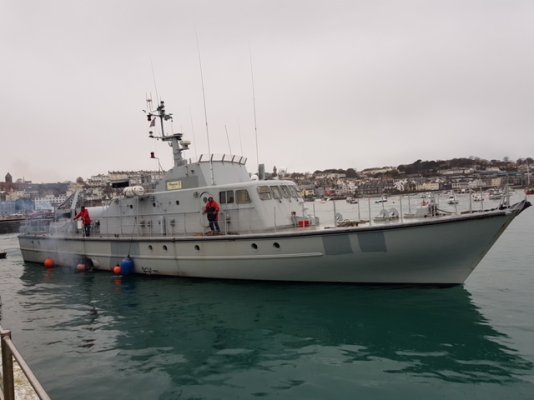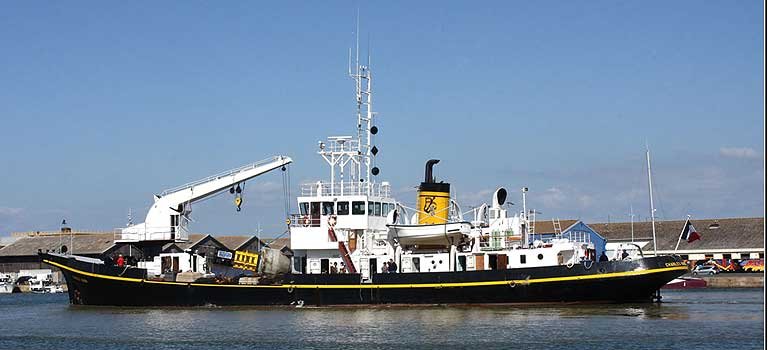2savage
Senior Member
- Joined
- Feb 21, 2017
- Messages
- 278
- Location
- USA
- Vessel Name
- Savage
- Vessel Make
- Seaton 50 expedition trawler
After anchoring in Stamford Harbor (CT) and running my wife into the Marina with the dinghy I had planned to settle in and have a quiet night watching a movie. The weather had other ideas. Soon the waves in the Sound were breaking over the harbor breakwater and the swell challenged my 130LB RACNOR anchor on 60 feet of chain in 12 feet. I started to drag at 9pm. The anchor alarm got me fired up for action and it was a race to get control before we hit something nasty.
Then, I sensed the engine was not giving normal power. I had an anchor to get up, rocks to avoid and sporadic power. Somehow I managed to do all that was needed. It was a blur, but I got the anchor up, avoided the rocks and after looking for a place to drop the hook again (with no luck) I maneuvered to pick up a mooring of the Stamford Yacht Club.
Who here can manage a 48 ton single engine boat with no thrusters, single handed at night and pick up a mooring? I was on fire that night, Everything so save she ship!!
As of now I am stranded with no transmission at all. TowBoatUS will take me to a repair yard. My hair is a little more grey and if I were a cat I would be loosing something. And, my cat was aboard to see the show!
Then, I sensed the engine was not giving normal power. I had an anchor to get up, rocks to avoid and sporadic power. Somehow I managed to do all that was needed. It was a blur, but I got the anchor up, avoided the rocks and after looking for a place to drop the hook again (with no luck) I maneuvered to pick up a mooring of the Stamford Yacht Club.
Who here can manage a 48 ton single engine boat with no thrusters, single handed at night and pick up a mooring? I was on fire that night, Everything so save she ship!!
As of now I am stranded with no transmission at all. TowBoatUS will take me to a repair yard. My hair is a little more grey and if I were a cat I would be loosing something. And, my cat was aboard to see the show!




